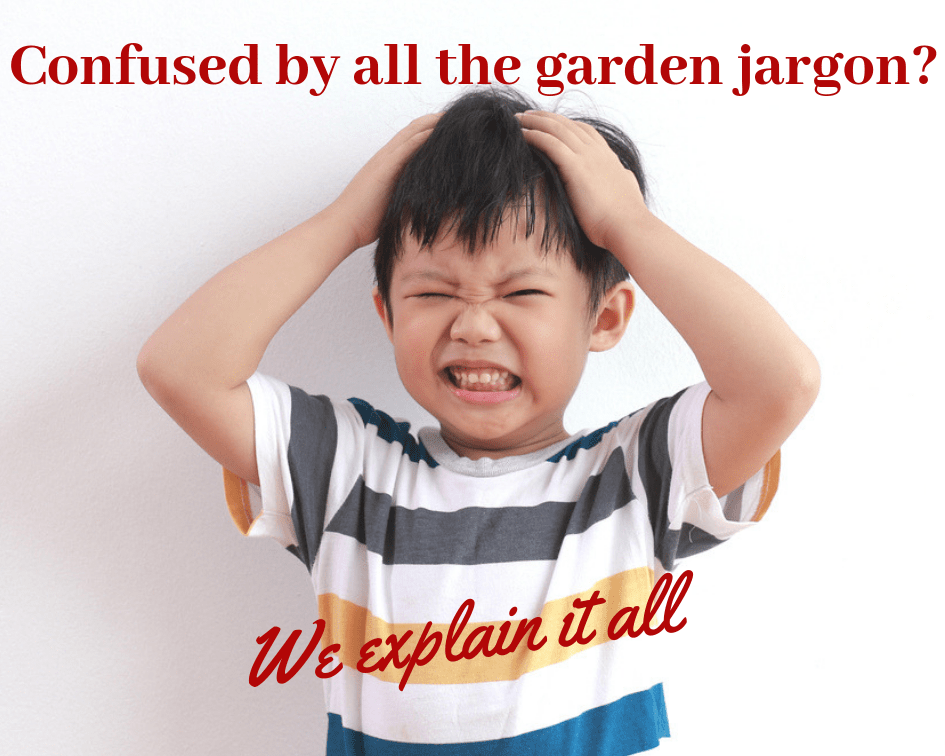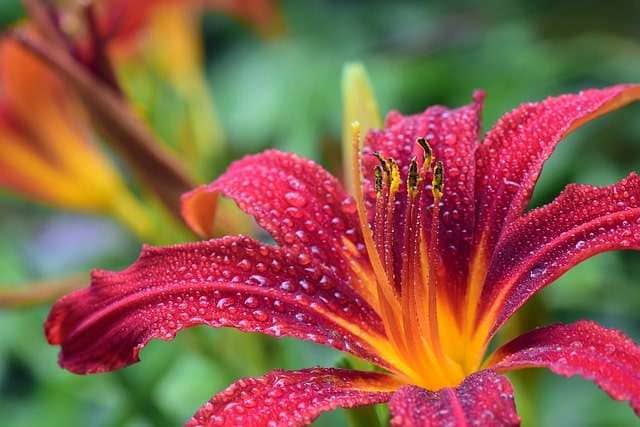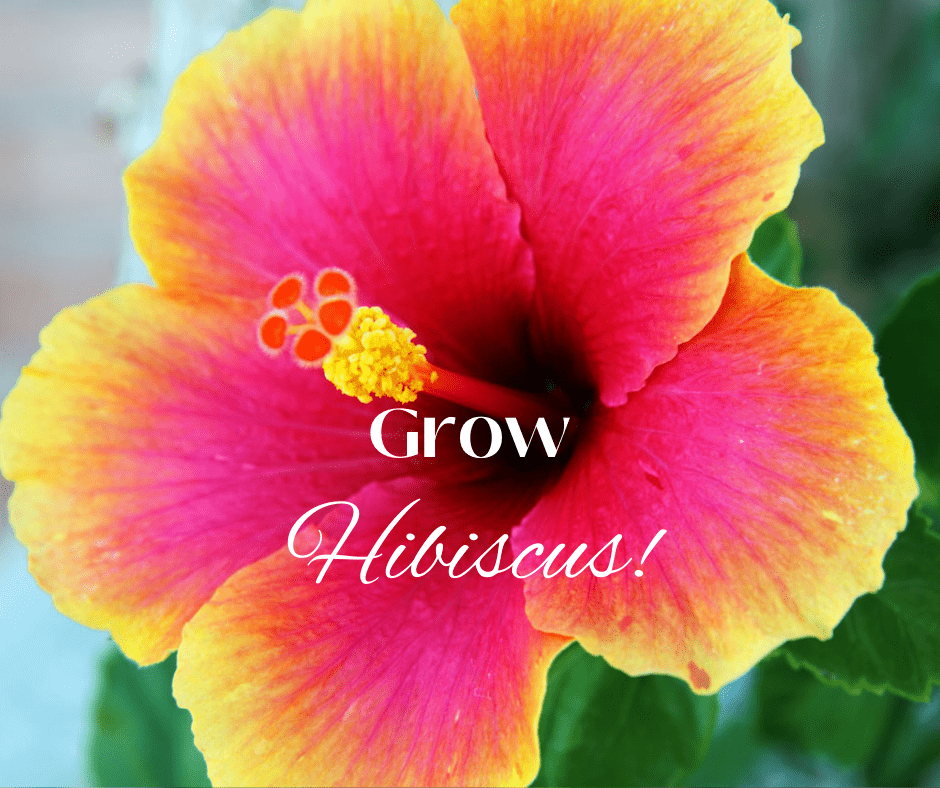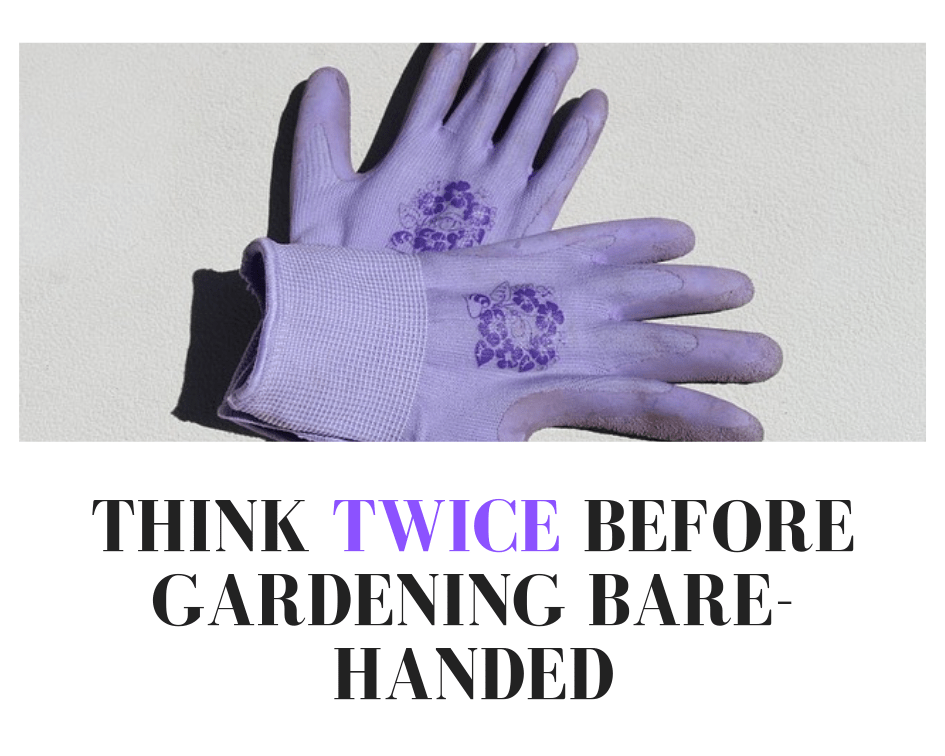This post may contain affiliate links. As an Amazon Associate we earn from qualifying purchases.
Gardening terms are often head-scratchers to new gardeners. And garden writers tend to forget that many readers may not be familiar with our jargon. Which is why we at Gardenologist.org take the time to clear up some of the more common terms you’ll hear as you dive deep into your new pastime.
When buying seeds, starter and established plants, you’ll typically find a tag or other sort of label attached. On it is the name of the plant, a quick rundown of its care (sometimes) and whether it is an annual, perennial or biennial.
But those labels don’t tell the whole story because there are subcategories within each. Begonias, for instance, are considered tender perennials, a term you’ll learn more about below.
Annuals
Annual plants refer to those that complete their entire lives in one season. You’ll plant petunias in spring and by the first frost (sometimes sooner, depending on region), the plant will have flowered, set seed and died.
You may see them pop up the following spring and wonder how the heck that happened. What you’re seeing, however, is the offspring of the original annual plant. Many will drop seeds and, if those seeds survive winter, they will germinate in spring. We consider these the annuals that keep on giving. Others refer to them as “volunteers.”
Annuals typically dislike cold, but there are some, the hardy annuals, that don’t mind a bit of cold weather, chilly soil or even frost. Snapdragons and some varieties of ornamental cabbage fit this description.
If that isn’t confusing enough, let’s toss in the term “half-hardy annual.” These guys tolerate the conditions of hardy annuals with the exception of frost. Think geranium and petunia.
Tender annuals, on the other hand, hail from regions where their counterparts grow as perennial. In cold climates, these plants are considered tender annuals.
So, let’s put all this nifty information into some semblance of order. Plants categorized as annual can be further sub-categorized:
Half-hardy annuals – called this because, while they tolerate chilly temperatures, they don’t like frost. This group contains, among others, cosmos, carnation, gazania, nasturtium, and petunia. Half-hardy vegetables include mustard, parsnip, beet, cauliflower, potato, Chinese cabbage and lettuce.
Tender annuals – Wait for the soil and the air temperature to rise before planting tender annuals outdoors. Wait until well after your last frost date. An evening temperature no colder than 55 degrees Fahrenheit is the agreed-upon rule of thumb.
Plants that qualify as tender annuals include tomato, watermelon, okra, pumpkin, eggplant, cucumber and corn, among others. Tender annual landscape plants include amaranth, zinnia, impatiens, salvia and marigold, among others.
So, why would anyone plant a seed that will produce a plant that will live for only a few months? The flowers, my friend. It’s a non-stop flower show when the plant is in its height of production. Color, variety and charm make it all worthwhile to many gardeners.

Perennials
By now you’ve probably figured out that perennial plants are those that tolerate the conditions that annuals can’t.
They also live longer than annuals, but they don’t, as some gardeners think, live forever. The lifespan is “much better than an annual, but you must still be ready to replace perennials from time to time,” warns Larry Hodgson, the Laidback Gardener. He, by the way, estimates that perennials live, on average, 7 to 8 years.
On average – don’t miss that operative term. Of course, some will live much longer and others, depending on the care they receive, may live a shorter life.
And, as with annuals, the category “perennials” can be further broken down.
Tender perennials – a perennial that needs protection from winter’s chill (colder than 33.8 degrees). Hardy banana (mulch those roots), canna (dig them up and store them if you life in a frosty climate or where winter temperatures dip below 38 degrees or so), abutilon and agave. Of course, there are others; these are merely examples.
Biennials
Biennial plants are classified as falling between annuals and perennials as far as life-span is concerned. These plants complete their life cycle within two years.
The first year you will see vegetative growth (the amount depends on the type of plant) and the flower show begins in the plant’s second, and final year.
Many plants considered biennial from a horticultural standpoint are grown as annuals because they are harvested and consumed after their first season of growth. Examples include cabbage and Swiss chard.
By the way, if you’re up for a scientific yet not-too-deep discussion of how biennials came to be, check out this piece from Irwin Goldman, department chair in horticulture, at the University of Wisconsin, Madison.
Other examples of biennial plants include carrot, onion, broccoli, sweet William and some hollyhocks.
Ready to be confused?
All of this annual-perennial-biennial plant stuff should be disregarded by some gardeners. If you live in a warm region, the north’s annual may become your perennial and vice versa.
New Guinea impatiens (Impatiens walleriana) are perennials when grown in USDA zones 10; whereas when grown in Iowa, these impatiens would behave as annuals.
By the same token, the tropical ti plant (Cordyline terminalis) is perennial in the tropics and an annual in colder climes.
In fact, many tropical plants, such as those that thrive in the very tropical Hawaii, may do poorly in the sub-tropical climate of Florida and be grown as an annual.
Gardening, like real estate, can and should be referred to as “location, location, location” specific. Plant tags that direct the gardener to plant in full sun aren’t referring to all gardeners. Those in Phoenix and Las Vegas would be foolish to take that advice to heart.
So always consider your own microclimate when choosing the right plant for your location.
Need more jargon cleared up? Drop us an email and we’ll clear it up for you. In the meantime, do you know what “on center” means?





